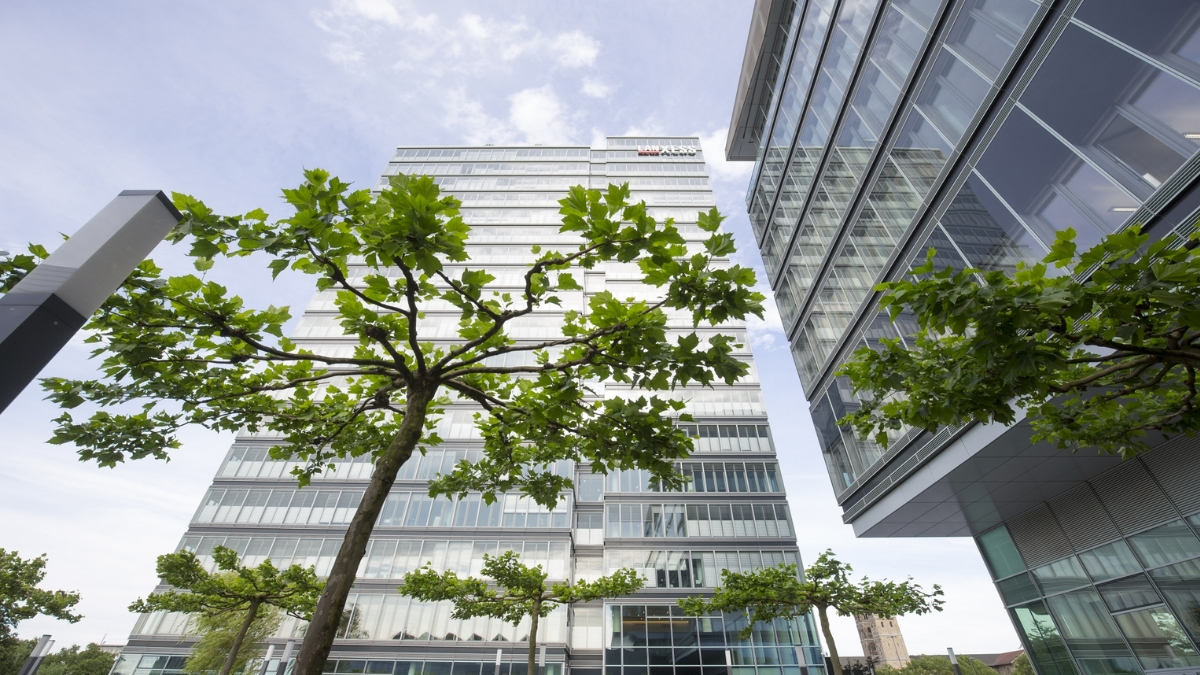Santacruz chawl residents complain of health woes after receiving filthy water

Residents of Subramanian Nagar chawl in Santacruz East have been forced to consume dark black water and grain that reeks of the pungent smell of nullah water for the past few months. Locals, who use hand pumps to extract water due to the absence of proper water connections, irregular supply or pressure-related issues, were seen beginning their daily quest for clean water at 4 am on Tuesday, spending an hour toiling in the hope of obtaining less contaminated water.
Residents asked why they, citizens of Mumbai, have to use hand pumps while villages are getting tap water connections. “The closest functioning water source of the BMC is 250 metres away which is why pipes of that length have to pass through the Vakola nullah and the latter’s water seeps into them. These pipes also get stolen or broken. Hence each family has to spend Rs 10,000 per year to replace or repair them while the BMC only spends Rs 2,400 for installing them initially,” said Nitin Kamble, who heads the Community-Based Organisation (CBO), which comprises resident volunteers.
The nullah through which the pipeline passes
“Funds get passed [to fix the pipes] but then they fix only two metres of the pipe and close the matter. Where does the rest of the money go,” alleged Kamble. Suman Mishra, who complains about developing rashes that feel like red ant bites due to the water, said, “We pay R600 to R800 in water bills even though we rarely get water from my pump. If I get water one day, they will ask me to pay the entire amount in one go or cut the connection. I spent R40,000 on the hand pump as the low pressure does not allow water to come out of taps.”
This is the situation of the residents of approximately 2,000 houses, who claim they were relocated from Vile Parle and Kurla. Residents complain that they have to spend at least Rs 1,000 a week on packaged drinking water for bathing. “At 60, I have to pump water for an hour. My bones ache. If by chance a hand pump yields less black water, the news spreads and there is a line outside the house in question. If everything fails, Bisleri is the only option,” said Rajkumari Jaiswal, a resident.
Virtually every resident mid-day spoke to complained about health issues due to the poor quality of water. Arjun Lokhande, an electrician, claims that he was admitted to the hospital for a week due to low haemoglobin as a result of water contamination, which has taken a toll on his work. Suman Mishra, another resident, said he can’t sleep at night or work due to rashes.
Prof Vibhuti Patel, retired, department of economics, SNDT Women’s University, speaking about the toll that lack of access the proper water might have on the economy, said, “According to the human capital formation approach, investment in the health of human beingsw is crucial to economic development. If preventive health care in terms of public health intervention for Water and Sanitation and Hygiene (WASH) is not ensured, the population will be falling ill frequently due to vector-borne diseases. As a result absenteeism at work increases. Their efficiency and productivity are reduced.
The workforce is, therefore, unable to provide the optimum level of goods and services; this affects the entire country’s GDP. How can we attain a five-trillion-dollar economy when the majority of the workforce is forced to live and work in a precarious and unhygienic habitat? In light of an Oxfam report that states that the bottom 50 per cent of the population pays 2/3rd of the country’s GDP, she said, “Poor people are not parasites and cannot be dismissed as sponges on the economy enjoying ‘freebies’. Poor people are taxpayers. Even a homeless person pays indirect tax while buying a vada pav.”
Patel added that the government can reduce the strain on healthcare systems and reduce medical expenditures from the budget if clean WASH services are provided to the poor. “This will also greatly improve the Physical Quality of Life Index, the measure of the quality of life or well-being of a country. The United Nations has established the cost-to-benefit ratio in investing in WASH, which is 1:5,” she said. Kamble said slum dwellers end up paying more than the rich for water as sometimes they have to turn to the water mafia.
Anand Jagtap, a retired BMC officer on special duty who has been involved in the field of slum sanitation for 35 years, said slum dwellers pay more for water because of the water ecosystem. “In my observation, the corrupt practices of some corporators, untrained plumbers and illegal fetching of water make it costly for them. The BMC purifies water well but there is a need for centralised distribution of water. I congratulate the BMC for agreeing to give water to all settlements on humanitarian grounds but the implementation is slow,” he said. Swapnaja Khirsagar, assistant commissioner, H East ward, did not respond to calls or texts.
Rs 10,000
Annual amount paid by residents to fix pipe

Atul Tiwari is a seasoned journalist at Mumbai Times, specializing in city news, culture, and human-interest stories. With a knack for uncovering compelling narratives, Atul brings Mumbai’s vibrant spirit to life through his writing.





